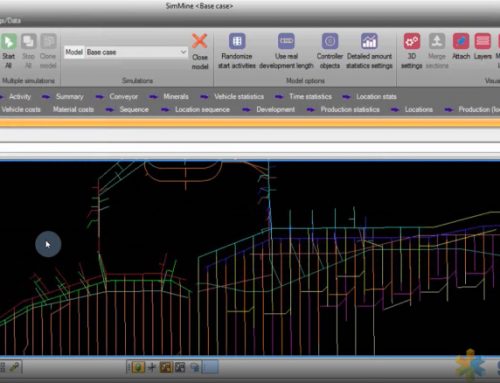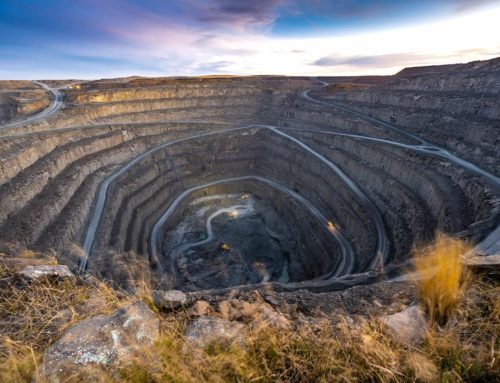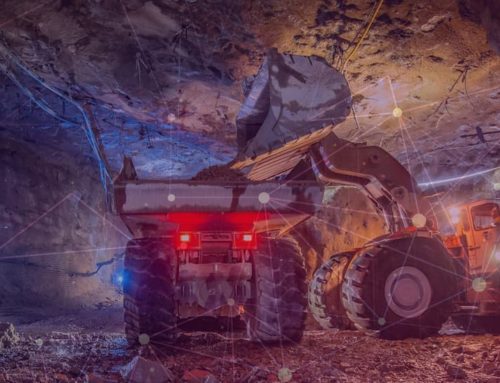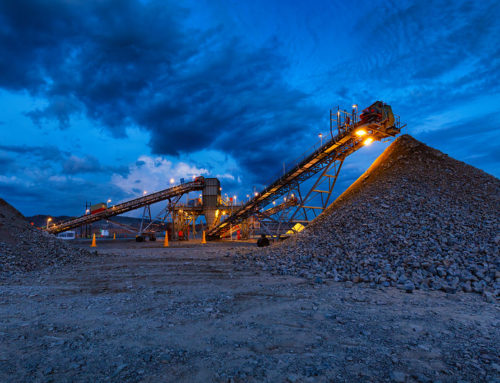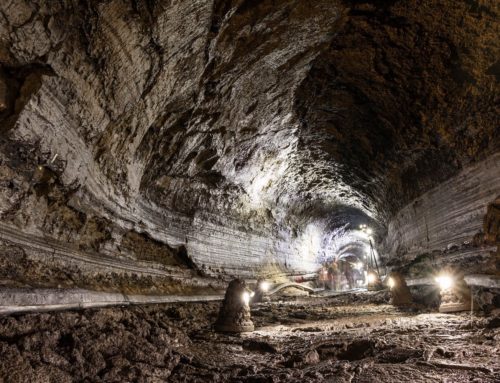As the Industry 4.0 dust settles, many industries are looking to take their business one step further. The introduction of Industry 4.0 systems such as IoT (Internet of Things), Big Data, and Augmented Reality means that mining companies are able to achieve the golden 10X return on investment (ROI). However, this advantage will be short-lived since more mining companies are using the same systems and therefore competing against each other. With the arrival of process digital twin technology, companies will be able to achieve a return of 20X or even 40X. This article explains how companies within the mining industry are able to achieve this by using simulation modelling and resource planning scheduling (RPS).
A digital twin put simply, is a digital copy of mining operations. Tests on the effects of changing certain process parameters (movement of vehicles, speed of mineral output, etc.) can help show various insights without interrupting the real-word operations.
“The Process Digital Twin is the next level of digital transformation, compounding Product Digital Twin benefits throughout the factory and supply chain,” Microsoft.
There are many benefits that come with a process digital twin. Within the mineral processing industry, the following benefits are:
- Used as an analytical decision-making tool to prevent unnecessary capital expenditure
- Test different scenarios to quantify throughput
- Identify bottlenecks within the process
The Benefits of a Process Digital Twin
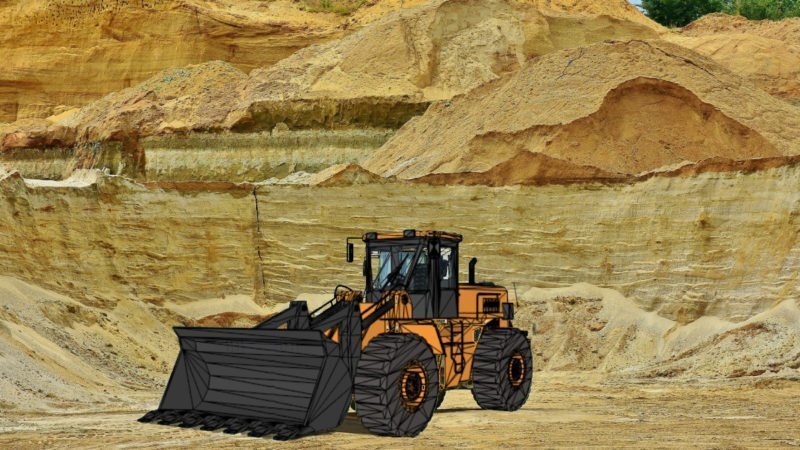
-
Avoid poor process changes
In mining, poor process changes can have disastrous results in terms of loss of throughput, increase in unplanned downtime or even potential injuries. A process digital twin allows the mining company to test different initiatives without risk to the operations. For example, a simulation model can test:
- Significant process changes (building of a new silo, stockpile or even a new mining facility)
- Changes in arrivals schedules, sick days, work schedule, or maintenance schedules
- Stress testing; increased demand, employee strikes or long periods of downtime
It can also simulate these changes and the results visualised for key stakeholders.
-
Mapping processes helps generate thinking
During the value chain mapping process, inefficient processes can highlight the negative effects on overall system performance. The effects of the inefficient process, as well as system performance as a whole, can be visually displayed through a simulation model.
-
Resource Planning Scheduling (RPS)
One of the key benefits of a process digital twin is the ability to conduct RPS, or resource planning scheduling. Simio, a powerful simulation modelling tool, has this functionality. RPS within Simio allows the user to specify when certain outputs are required at certain times. Simio has the ability to integrate with a number of ERP (Enterprise Resource Planning) systems and MESs (Manufacturing Execution System) in order to develop a true representation of the real-world system or Digital Twin.
The process digital twin can now provide accurate information needed by the mining companies to empower them to achieve set targets. An example of this information is how much of a certain mineral will be required to achieve maximum revenue over a December period. This integration between systems is a move towards true Industry 4.0, as everything needs to be correctly aligned for the digital twin to work as intended. The digital twin can forecast over weeks, months, and years, with only minimal human intervention and with pinpoint accuracy.
-
Improves stakeholder communication
Improving stakeholder communication comes in the form of combining all of the above in a visual manner. Many stakeholders will each have a different idea of how the process should be run. However, a process digital twin shows a mirror image of the actual process, aligning understanding among stakeholders.
Through the use of RPS as well as other simulation model systems, mining environments can successfully be optimised through effective planning and by restricting unforeseen downtimes. It enables the mine to be aligned with a true process digital twin.
How to Deploy A Process Digital Twin
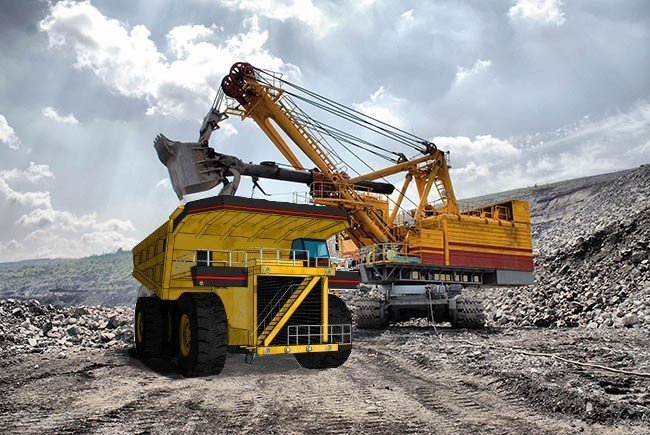
Designing and developing a process digital twin is no easy task. The data available, as well as the accuracy thereof, is of at most importance. Once you align the complete process, only then can you introduce a digital twin. Once this process has been completed, results can be generated and analysed.
-
Understand the mine’s layout
First, collecting data from various resources will allow for a better understanding of the mine’s layout. Therefore, current and historical data from system resources as well as employee experience can be used. A tool such as Simio® can now construct the simulation model and test different “What if” scenarios.
-
Enabling the Smart Mine
Next, various systems (ERP, MES, Excel, data warehouses, etc.) can send data to the model. The model will highlight what inputs are misaligned. You will need to correlate and standardise your data first for your smart mine to run effectively. The process Digital Twin becomes the “Knowledge Center” for ongoing continuous improvement and production scheduling.
-
Utilising the Simio RPS Schedule
The RPS tool can export data to various systems, such as to the ERP, MES or simply Excel. The schedules or lists generated by the RPS tool enables the company to plan exactly what vehicle or process needs to operate at what time and for how long. The portal can also integrate the system using a range of 3rd-party applications.
In the end, Industry 4.0 is only the beginning for mining companies. Yes, they will be able to achieve great improvements, however, it will only be the use of a process digital twin that they will be able to see ROI 20 to 40 times their current output. Contact us today for more information on process digital twin simulations.


